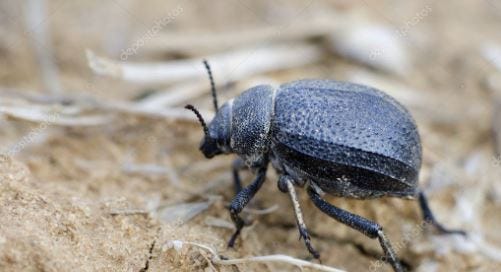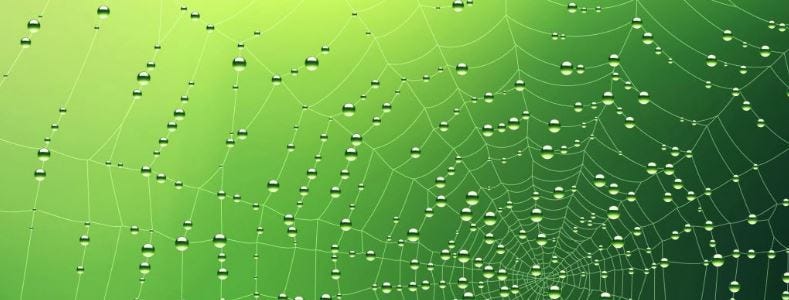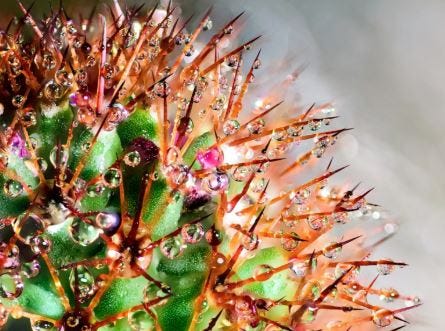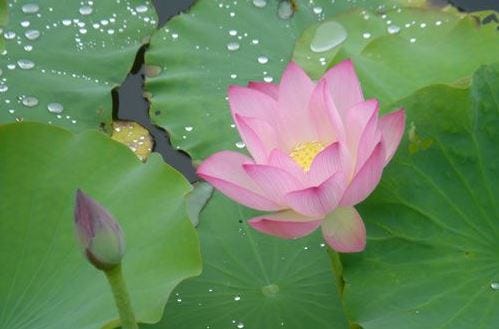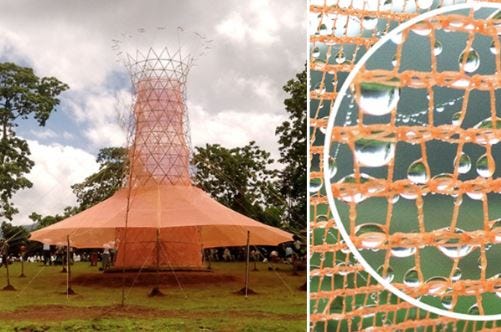Water From Thin Air!
They say that you can’t get blood from a stone, but can you get water from the desert? Well, the Namib Desert beetle can.
The beetle is one of the creatures in nature that scientists have copied to harvest water from seemingly dry environments.
The process of imitating the biological function of plants and animals is “biomimetics.”
Water is essential for life, yet many regions of the world face severe water scarcity. One of the most innovative solutions to this problem is “biomimetic water harvesting.” By observing how living organisms have evolved to efficiently capture, store, and utilize water, scientists and engineers have developed technologies that mimic these natural processes.
Namib Desert Beetle
One method of water harvesting is based on the Namib Desert beetle which is native to one of the driest places on Earth, the Namib Desert in South Africa.
The beetle evolved a specialized shell that collects water from fog. Its back features bumps surrounded by valleys. When fog passes over the beetle, water droplets condense on the bumps and roll into its mouth. Inspired by this natural design, researchers have developed surfaces that mimic the beetle’s shell. For example, fog nets with similar patterns are now used in arid regions to collect water from the air, providing a sustainable source of drinking water.
Spiderweb
Beetle shells aren’t the only thing that scientists are copying. Have you ever walked outside on a summer morning and seen a spiderweb, heavy with the morning dew, glistening in the sun?
Scientists have developed synthetic materials that replicate a spiderweb’s ability to attract and channel water. They are now creating advanced water-collecting meshes that efficiently extract water from fog and humid air.
Cactus
Cactus, which thrives in deserts, utilize their spines to harvest and direct water toward their roots. The spines are shaped to capture dew and guide the water down to the base of the plant. This principle has influenced the design of cone-shaped water-collecting structures that mimic cactus spines, efficiently funneling water into storage systems.
Lotus Leaves and Self-Cleaning Surfaces
The leaves of the lotus plant are known for their ability to repel water while allowing water droplets to roll off easily, cleaning the surface in the process. This “lotus effect” has been applied to create surfaces that not only harvest water but also remain free of dust and contaminants, ensuring efficiency in water collection.
Pulling It All Together
Putting the theory to work, the non-profit Warka Water project in Ethiopia showcases how biomimicry can be applied to large structures.
Inspired by the way certain plants and insects collect water, inventor Arturo Vittori, an industrial designer, built a system that doesn't involve complicated gadgetry, but instead relies on basic elements like shape and materials and the ways in which they work together.
At first glance, the 30-foot-tall, vase-shaped towers, named after a fig tree native to Ethiopia, have the look and feel of a showy art installation. But every detail, from carefully-placed curves to unique materials, has a functional purpose.
The towers are designed to capture moisture from the air, providing clean drinking water to communities where traditional water sources are scarce or contaminated. These towers use a mesh to collect water from fog, dew, and rain, making them a sustainable solution for an off-grid water supply.
In Ethiopia the water table is very deep, often requiring wells drilled to 1,600 feet. Given the poverty of the country, in many cases wells are too expensive. However, a Warka Water Tower is perfect for most remote communities and can supply up to 25 gallons of fresh water daily.
In all, it costs about $500 to set up a tower. Mr. Vittori has installed Warka Towers in Ethiopia, Cameroon, Togo and Haiti. The Warka Water non-profit catalogs the various activities and solicits donations.
* * *
Biomimetic water harvesting can tackle water scarcity and do so in a way that respects and utilizes nature's own solutions. Potable water is basic for the survivability of communities. It’s estimated that a billion people in Africa alone are affected by water scarcity and, in parts of Ethiopia, getting potable water can require a six-hour journey.
Biomimetic water harvesting is a simple and cost-effective method of helping these communities.
